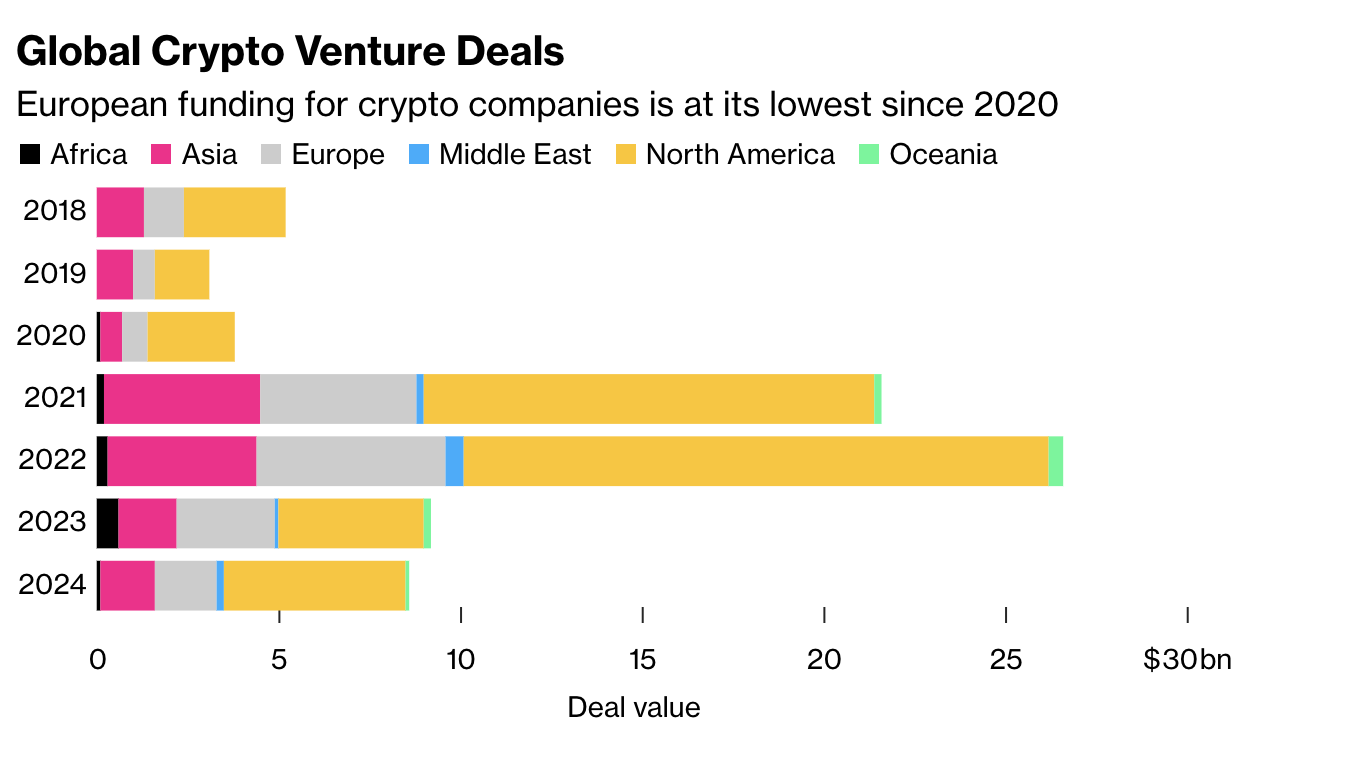-
Amidst the European Union’s regulatory shifts, Tether’s delisting by local exchanges has raised concerns about liquidity and competitive dynamics.
-
The ongoing compliance challenges for Tether highlight the contrasting fortunes of European and American crypto markets, as US policies encourage growth.
-
Usman Ahmad, CEO of Zodia Markets, stated, “It’s quite exclusionary” regarding Tether’s absence, emphasizing the stablecoin’s critical liquidity role.
The delisting of Tether by EU exchanges sparks concerns over market liquidity, highlighting compliance challenges and contrasting US growth in the crypto sector.
Tether’s Strategic Shift Ahead of EU Regulations
As the European Union approaches the implementation of its Markets in Crypto Assets (MiCA) regulations, Tether (USDT) faces significant operational changes. The decision by numerous EU exchanges to delist Tether is anticipated to take full effect by December 30, potentially reshaping the landscape of crypto trading in the region. This critical juncture raises alarms about the potential ripple effects of diminishing liquidity in a market already challenged by regulatory uncertainties.
According to industry leaders, Tether’s removal from European platforms could stifle capital flow, primarily because USDT has established itself as the most liquid stablecoin available today. As emphasized by Usman Ahmad, the chief executive officer of Zodia Markets Holdings Ltd., this move risks alienating European clients who rely on Tether for seamless transactions. He noted, “It’s quite exclusionary and quite limiting for EU clients themselves because [USDT] is the most liquid stablecoin by a country mile.”
The Impact on European Crypto Investments
The ramifications for both investors and new projects in the European market could be profound. With the regulatory environment tightening, funding for venture capital in the cryptocurrency space has already taken a hit, showing signs of a declining trend in 2024. While US markets bask in a favorable climate post-election, Europe’s crypto sector may struggle to keep pace due to strict compliance measures.
Additionally, a recent infographic illustrates the sharp decline of European crypto venture capital funding under MiCA, demonstrating the urgent need for regulatory frameworks that balance compliance with market vitality. Investors in Europe face a conundrum as they navigate these waters without the support of a robust stablecoin like Tether. This situation not only threatens investor confidence but also stymies innovation within the European blockchain ecosystem.

Image Source: Bloomberg
In anticipation of these regulatory hurdles, Tether has proactively reduced its services within Europe, choosing to invest in the development of new compliant stablecoins tailored to EU regulations. As Tether faces pressure, competitors are seizing the moment to establish themselves and potentially fill the void left by the absence of USDT. This shift serves also as a noteworthy commentary on the evolving competitive landscape within the crypto industry.
Broader Implications for Global Crypto Markets
The unsettling developments surrounding Tether’s compliance initiatives coincide with a period of unprecedented growth in crypto markets outside Europe. Following Donald Trump’s election victory, the US crypto sector has experienced a revitalization, with increasing institutional interest and buoyant market conditions. Tether is among those benefiting from this renewed enthusiasm, as its allies secure advantageous positions within the flourishing US market.
As global acceptance of cryptocurrency expands, European investors may find themselves at a disadvantage, forced to contend with the fallout from Tether’s exit and the formidable MiCA regulations. It is an essential moment for the EU to reassess its approach to creating a conducive environment that encourages innovation in the rapidly evolving cryptocurrency landscape.
Conclusion
The delisting of Tether from EU exchanges signifies a pivotal moment for the European crypto landscape, underscoring the urgent need for a balanced regulatory framework that fosters growth without stifling innovation. As Tether pivots towards compliant alternatives and seeks to navigate the complexities of MiCA, European investors are left in a precarious position. With the potential for liquidity challenges looming, it is imperative for the EU market to adapt swiftly to retain its global competitiveness in the ever-evolving crypto ecosystem.
